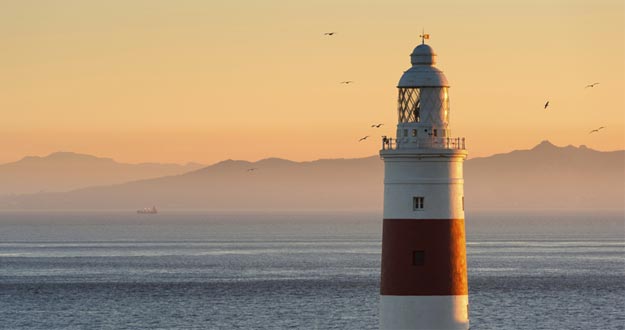In order to predict the trajectory of oil and people and objects adrift, in the waters of the Gibraltar Strait, this week CSIC scientists participate in an exercise of launch and tracking of 34 buoys adrift.

Strait of Gibraltar
It is the largest ever number of buoys, used in an exercise of this kind, in Spanish waters, and they are looking to predict the risks of sea currents in the area.
The study by researchers, at the Institute of Marine Sciences (CSIC-MCI), in Barcelona, and the Mediterranean Institute Advanced Studies (CSIC-IMEDEA) allow you to build an operational tool for the early detection and effective seizure control on discharges, into the Mediterranean and resulting oil slicks.
The tool, which will integrate the different prediction models discharges and existing operational ocean-meteorological data bases, will help to better understand the dynamics of these waters and to test the predictive capabilities of existing paths hydrocarbons, objects or people adrift .
During the exercise, with 34 buoys, the teams will observe and manage the information, in real time, and they will perform numerical simulations, with models of oil spills.
In the exercise four boats participate, three units of Maritime Salvage (SASEMAR) and a boat, provided by the Port Authority of Algeciras Bay (APBA), while the IMEDEA participate, the MCI and the State Ports provide oceanographic equipment.
To monitor the path of the different launched buoys and integrate the measured data with other ocean-meteorological informatio n available, it has been established a Monitoring Unit Exercise, as explained by the researchers, Emilio García-Ladona, from the MCI, and Jano Orfila, from the IMEDEA.
The unit, based in the port of Algeciras Bay, during the exercise, is composed of experts from the different participants institutions and connected with scientists from different centres and universities.
The countries benefiting, from this service “MEDESS-4MS”, are Cyprus, Greece, Montenegro, Italy, Malta, France and Spain.
The Strait of Gibraltar is one of the busiest in the world --more than 100,000 ships annually-- and warm in number of search and rescue, at sea point.
Because the density of maritime traffic making the area with the presence of the ports of Algeciras, Tarifa, Ceuta, Tangier Med and Tangier City, and forced most of the sea lanes passage, these waters are exposed to hypothetical spills hydrocarbons, to which must be added that this is an area of high environmental value, including an important extension of protected areas.
CSIC scientists have stressed that the Strait is a region of high interest, for its oceanographic uniqueness, because there the water exchange between the Atlantic and Mediterranean basin occur, generating extremely high current speeds.
Well, I think this is a very interesting project for everybody. I live very near of the Strait of Gibraltar and I like that scientists look forward our area.
Until my next post, kind regards
Luis.
Sponsored by Costaluz Lawyers.
Please click below:
